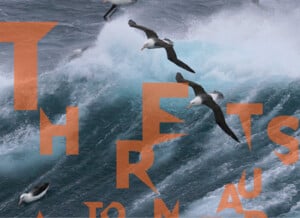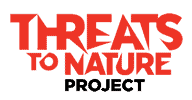Success stories
Solutions for successful threat abatement in Australia

We are a world leader in eradicating invasive species from islands and, for a time, led the world in biological control. We have stopped rampant habitat destruction in many places and done much to reduce fishing bycatch.
The following case studies exemplify many of the attributes needed to successfully abate threats to nature. Only the first two are a focus of Australia’s current national threat abatement system.
Case Studies

Saving seabirds from longline fishing bycatch
In the late 1980s, it became clear that longline fishing was killing thousands of threatened seabirds each year in Australian waters. An albatross would fly thousands of kilometres over the ocean only to have its life cut short – snagged on a fishing hook and drowned. This case study explains how a combination of federal leadership, industry engagement, conservation advocacy, and the implementation of safer fishing methods have achieved a major reduction in the numbers of seabirds killed as bycatch.

Eradicating invasive animals from islands
Australia’s islands are biodiversity treasures – centres of endemism and havens for species threatened on the mainland. But many have been degraded by rabbits, goats and other feral plant-eaters and their wildlife decimated by cats, rats and other invasive predators. Eradicating such invaders has been one of the greatest conservation achievements in Australia in recent times, with Macquarie and Dirk Hartog islands as outstanding examples.

Transitioning out of native forest logging
Conflicts over native forest logging in Australia have raged for more than four decades and pressures on forests have grown despite 20-year regional forest agreements intended to achieve sustainable timber harvesting. Commercial forestry is not a focus of the national threat abatement system, but this case study of the 1999 South East Queensland Forests Agreement exemplifies the collaborative, stakeholder-driven governance needed to address many of Australia’s most challenging threats.

Taming a cactus
During the early 1900s, prickly pear, advancing more than a thousand hectares a day, blanketed more than 20 million hectares of Queensland and northern New South Wales in a horror of spines. This case study explains how a devastating and seemingly intractable weed was tamed with the aid of a tiny moth from South America. This success was due to federal leadership, intergovernmental collaboration and a persistent, well-funded scientific endeavour.
Dig deeper
- Further reading link on another website.
- Further reading link on another website.
- Further reading link on another website.












